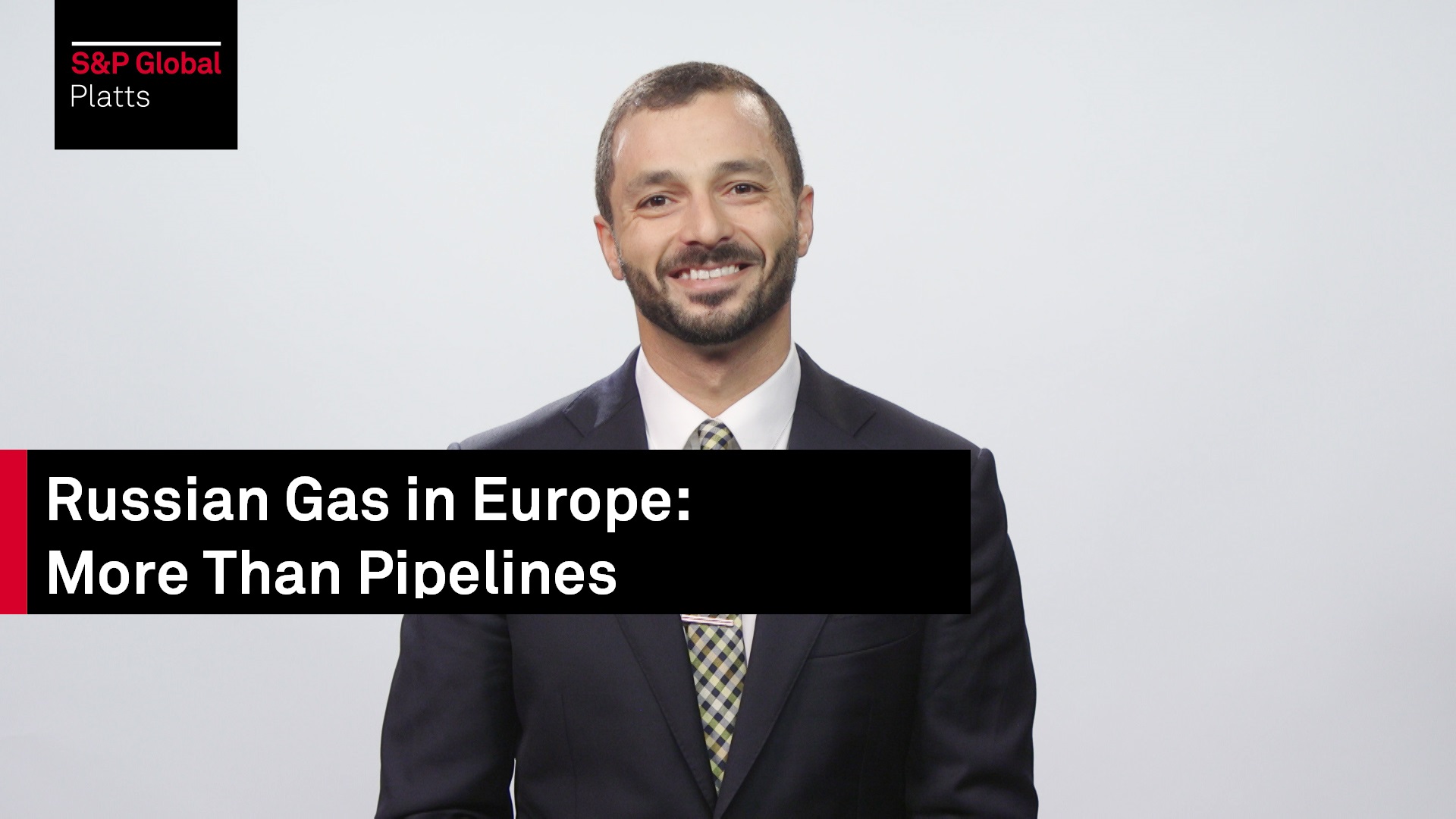Russian gas, flowing in by both land and sea, has dominated Europe's supply mix this summer. Given economic and political motivations, we do not expect these flows to abate, a dynamic that has already begun to push LNG away from European markets.
Despite European gas prices languishing at their lowest levels in over a decade, Russian gas has continued to stream into European markets by both land and sea, highlighting a volume over value strategy that is pushing some LNG out of Europe's supply mix.
By land, record Russian pipeline exports are being both pulled and pushed into Europe.
On one hand, Central and Eastern Europe's drive to fill storage before the end of the Russia-Ukraine transit agreement is pulling in robust levels of Russian pipeline gas. In Hungary, for example, Q 2 Russian gas imports are up more than 30% y/y.
Simultaneously, in Northwest Europe, lower costumer nominations have been more than offset by sales on Gazprom's new secondary sales platform, the ESP, where gas is offered on par or even slightly below European hub prices, representing an active choice made by Gazprom to push as much volume into Europe feasible.
This is only half the story though.
When talking about this year's push of LNG into Europe, conversations has overwhelmingly revolved around US LNG.
Yet, looking at the numbers, it is actually Russian LNG, which has been the fastest growing source of European LNG imports.
Despite being marketed as a projected aimed at Asia, volumes from Novatek's Yamal project have made up over 18% of total European LNG imports this year, up from 0 eighteen months ago. In the process, this has eaten steadily into Qatari and Algerian market share.
Last summer this wave of Russian cargoes was partially by offset by re-exports to Asia.
This year, tight global spreads have limited re-exports, keeping pressure on European markets.
Given our expectations for relatively tight spreads and rising shipping costs in the near term, this bearish pressure is likely to hold until Winter. Widening spreads are always an upside risk though, and would alleviate some pressure from European markets through reloads.
What does this all mean for European markets?
Well, Gazprom's volume over value strategy is effectively forcing LNG out of the European supply stack. Indeed, European LNG imports, especially in the Northwest, have steadily declined since May.
Despite this, given its proximity and relatively low –cost, Russian LNG will not be the supplier budging. Instead, we expect US LNG, now firmly priced out of European markets, to begin reorienting toward more premium markets in Asia.
That said, with Russian pipeline gas and LNG still streaming into Europe, downside pressure on European hub prices isn't going anywhere and will continue to push US LNG toward Asia.
It is there that seasonal demand must soak up global supply growth if LNG markets are to avoid the threat of shut later this year.
Thanks for watching. For more Platts insight, visit spglobal.com/platts

